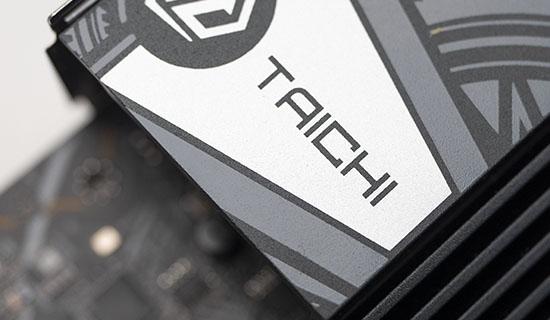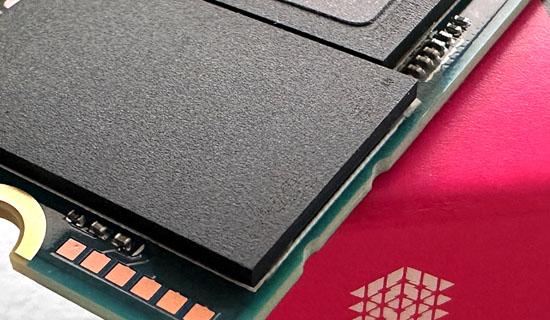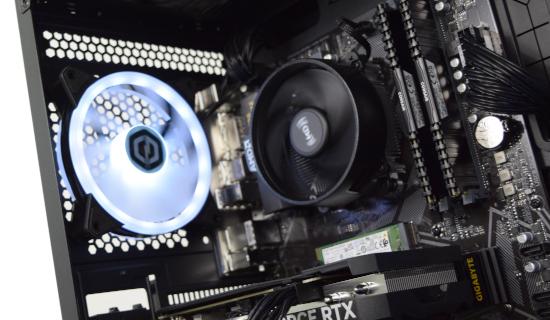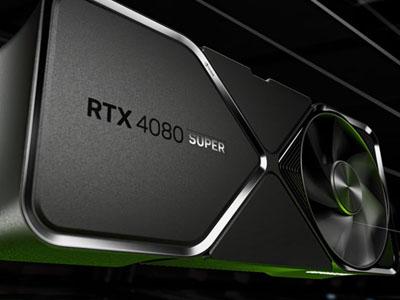With 2019 almost here, there's just enough time to give 2018 one last hurrah before we consign it to the mists of history. One last time to go over some of the good developments, and the not so good, for the PC Technology Industry as a whole. And a final chance to highlight the more confusing events of the year. Anyway, no further digression; let's begin!
Graphics - New Technology, New Prices
The Graphics sector began 2018 exactly as it left 2017. Both NVIDIA and AMD were largely content to maintain their mature GPU lineups, with NVIDIA’s GTX 10-series dominating performance metrics and sales in the consumer space thanks chiefly to the GTX 1080 Ti and GTX 1070 Ti. While NVIDIA had announced their Volta microarchitecture and the Titan V in December of 2017, all indications were that this would remain exclusive to enterprise markets for the foreseeable future (and so it did).
A static product catalogue wasn’t the only thing 2018 inherited from 2017 however. Cryptocurrency's valuation boom had seen Bitcoin hit a peak of almost $19,800 on December 17th, dragging other coins such as Litecoin and Ethereum to new highs alongside it. Critically, although Bitcoin had become a suboptimal coin for GPU mining, these altcoins continued to present valid returns for large mining farms and smaller independent miners who used the hardware ubiquitous to PC gaming.
As a consequence GPU pricing massively inflated past its MSRP, particularly AMD Polaris and Vega-class GPUs. Manufacturers and distributors bypassed retailers to sell direct to mining consortia, and the little stock which trickled through to consumers saw mark-ups of 100% or more. Even the second-hand market wasn’t safe; GTX 900-series and Radeon R9 300-series cards were in many instances selling for their launch MSRP despite being used.
Although Bitcoin trended downwards in the early part of 2018, GPU prices refused to normalise until well into the summer. AMD Radeon’s suitability for mining made their problems in this regard acute as they relied on price competitiveness to be attractive to gamers. Little is this evidenced more than in our review for the Powercolor Radeon RX Vega56 Red Devil Edition, a product greatly let down by its £799 retail price.
--
Lest we forget, 2018 was also the year of the GeForce Partner Program. It wasn't altogether clear what NVIDIA were hoping to achieve with their effort to make GeForce synonymous with the gaming and performance branding of their partner AIB manufacturers. A lack of transparency raised hackles, and only excellent investigative work by HardOCP's Kyle Bennet brought light to the practices GPP would enforce. ASUS, GIGABYTE and MSI would be prevented from selling AMD GPUs under their ROG/STRIX, AORUS and MSI GAMING brands, or face the penalty of being treated as lower-tier partners with reduced prioritisation. Inevitably that would impact AMD significantly, as well as reducing consumer choice in the process.
NVIDIA eventually ditched GPP after an outcry in enthusiast communities and criticism amongst even some of their staunchest supporters. It wasn't before time either; ASUS had already begun to rebrand their AMD Radeon cards as AREZ to a decidedly mixed reception. The Green Team were the dominant player in the GPU sector, without a doubt making the entire palava highly unnecessary and a lesson in how markets can be warped by lack of competition.
--
While the market remained quiet, NVIDIA were hard at work on bringing to market a new architecture that built on innovations made in the design of the Volta architecture. Unlike Volta however, it would cater to consumers and enterprise customers alike by offering a more balanced approach compare to the server-oriented design that heavily emphasised components exploited by AI and deep learning.
Whispers of the new GPU series leaked out of Santa Clara, but for the first time in a long time the rumour-mill wasn't able to decrypt the signal accurately. Is the architecture Turing, or Ampere? GTX 11-series, or GTX 20-series? Will it be announced at Computex? Needless to say, all bar a few were hugely surprised by what NVIDIA had in store.
The GeForce RTX announcement was a bombshell. Finally, NVIDIA claimed, the holy grail of real-time raytraced rendering is a reality. Gone would be the days of fully rasterized scenes in gaming, and the rendering process for computer-aided animation would be improved beyond even that offered by Volta. More realistic lighting, shadows and reflections would all be realised in next-generation games, beginning with Shadow of the Tomb Raider and Battlefield V; due not in the next decade, but the coming months.
The key was NVIDIA’s Turing architecture, which enabled a host of proprietary NVIDIA RTX technology features. Furthermore, the cards heralded the launch of GDDR6 VRAM for consumer graphics cards. But the price… well, we’ll come to that.
Turing re-imagines the NVIDIA GPU core shader module as one which includes conventional CUDA cores, Tensor cores that debuted with Volta and are ideal for deep learning inferencing, and ‘RT Cores’ that are optimised for NVIDIA's recursive ray-tracing techniques. At an API level, the driver takes advantage of Microsoft’s new DirectX Raytracing (DXR) API and the next evolution of NVIDIA GameWorks for per-game feature implementations.
The RTX 20-series launched with the RTX 2080 Ti, RTX 2080 and RTX 2070 over the ensuing months, the first time their flagship SKU had been available at the launch of the series. These new GPUs required all-new PCB designs, the implementation of axial twin-fan cooling on the reference model, and were immense physically compared to the previous generation of consumer parts. While the GTX 10-series maxed out at 12bn transistors, the TU102 of the RTX 2080 Ti boasts 18.6bn (a 50% increase).
Our video review of the ZOTAC GeForce RTX 2080 Ti AMP! Edition, just in time for launch
So why were these benchmark-busting GPUs seen as something of a mixed blessing? The issue was two-fold: price, and availability of games that exploit the features. The latter would come with time, but at hardware launch no games, tech demos or benchmarks were publicly available that would test real-time raytracing or other RTX features such as DLSS or new shader processes. The former however remains insurmountable.
GeForce RTX treads new ground for performance, and the expectation it puts on PC gamers who want to be engaged with the latest hardware. For the first time it was expected that those who purchased the consumer flagship to routinely shell-out over £1000 at retail, and even the mid-range RTX 2070 had a $499 MSRP (which, at launch, was scarcely met here or in the US).
Despite this, and teething issues with the RTX 2080 Ti Founders Edition, the RTX 20-series continues to sell well. Plus, it’s been a win/win for NVIDIA as consumers priced out of the 20-series instead opted for GTX 10-series stock still at retailers, rather than AMD’s counterparts.
Going into 2019, we await the GeForce RTX 2060, ponder a potential split in the GeForce brand, and anticipate broader adoption of RTX technologies in today's games. Price reductions in GPU hardware, however, might be more than one can expect.
--
Meanwhile, things have been atypically quiet at AMD Radeon, who had little to offer consumers by the way of new graphics hardware in 2018. The RX 500-series and RX Vega suffered from the hang-over of the cryptocurrency downturn deep into the year, restricting availability and keeping prices high. At MSRP AMD hardware is very competitive from a price/performance standpoint, but at a raw performance level failed to compete in games at the high end.
There was a brief ray of sunshine on the horizon in the early summer, as Radeon announced that they would be first to 7nm with their next GPU release in early 2019. Little was disclosed about this hardware, and it was confirmed that the update would debut as an enterprise-class Radeon Instinct model, but there remains hope that AMD can pull the proverbial rabbit out of the hat. With NVIDIA forging ahead on ray-tracing, the Red Team have their work cut out.
Rounding out the year, AMD also released the Radeon RX 590. A refresh of Polaris on 12nm, it didn’t set any performance records or bring any new features to the table, but does push not inconsiderable performance improvements out of an architecture which is essentially two and a half years old now.
Finally, both teams deserve immense credit for their efforts in keeping driver software up to date as new games are released. Furthermore AMD Radeon continued their yearly major update cycle in December with Radeon Software Adrenaline Edition 2019, once again bringing with it major new features that show a commitment to deepening the value of every Radeon GPU, even those from generations long retired.



























